14K GOLD VS 18K GOLD: WHAT'S THE DIFFERENCE?
Gold is a precious metal that has been valued for centuries for its beauty and rarity. It is often used in jewelry and other decorative items due to its malleability and resistance to tarnish. When it comes to gold jewelry, two commonly used karat values are 14K and 18K. While they may seem similar, there are some important differences to consider. In this article, we will explore the composition, advantages, disadvantages, and factors to consider when choosing between 14K and 18K gold.
Key Takeaways
- 14K gold contains 58.3% pure gold and is more durable than 18K gold.
- 18K gold contains 75% pure gold and has a richer color than 14K gold.
- 14K gold is more affordable than 18K gold.
- 18K gold is softer and more prone to scratches and dents.
- When choosing between 14K and 18K gold, consider your budget, desired color, and level of durability.
What is Gold?
Composition of Gold
Gold is a chemical element with the symbol Au and atomic number 79. It is a dense, soft, malleable, and ductile metal that is yellow in color. Gold is one of the least reactive chemical elements, making it highly resistant to corrosion and tarnish. It is also a good conductor of electricity and heat.
Gold is typically found in its pure form, known as 24 karat gold, but it is often alloyed with other metals to increase its strength and durability. Common alloys used in jewelry include copper, silver, and zinc. The composition of gold alloys is measured in karats, with 24 karat gold being the purest form.
When purchasing gold jewelry, it is important to consider the karat value as it determines the gold content and therefore the quality and price of the piece. 14 karat gold contains 58.3% pure gold, while 18 karat gold contains 75% pure gold. The higher the karat value, the more gold the jewelry contains.
Properties of Gold
Gold is a highly valued precious metal known for its lustrous yellow color and malleability. It is a dense metal with a specific gravity of 19.3, making it one of the heaviest elements. Gold is resistant to tarnish and corrosion, making it a popular choice for jewelry and other decorative items. It is also an excellent conductor of electricity and is used in various electronic applications.
When it comes to purity, gold is measured in karats. The higher the karat value, the purer the gold. Pure gold is 24 karats, but it is too soft for practical use. Therefore, it is often alloyed with other metals to increase its strength and durability.
In addition to its physical properties, gold has been highly valued throughout history for its symbolism and cultural significance. It has been used as a form of currency, a symbol of wealth and power, and a representation of beauty and prestige.
Understanding Karat
What is Karat?
Karat is a unit of measurement used to determine the purity of gold. It is denoted by the symbol 'K'. The higher the karat value, the purer the gold. The most common karat values for gold jewelry are 14K and 18K.
When it comes to gold jewelry, the karat value indicates the percentage of pure gold in the piece. For example, 14K gold contains 58.3% pure gold, while 18K gold contains 75% pure gold.
Here is a comparison of the karat values and their corresponding gold purity:
| Karat Value | Gold Purity |
|---|---|
| 14K | 58.3% |
| 18K | 75% |
It's important to note that the higher the gold purity, the softer the gold. This means that 18K gold is more prone to scratches and dents compared to 14K gold. However, 18K gold also has a richer color and is considered more luxurious.
When choosing between 14K and 18K gold, consider factors such as your budget, desired color, and durability. 14K gold is more affordable and durable, making it a popular choice for everyday jewelry. On the other hand, 18K gold is more expensive and requires more care, but it offers a higher gold purity and a more luxurious appearance.
Different Karat Values
When it comes to gold jewelry, the karat value plays a significant role in determining its quality and price. Karat is a unit of measurement that indicates the purity of gold. The higher the karat value, the purer the gold. In the case of 14K gold, it contains 58.3% pure gold and 41.7% other metals such as copper or silver. On the other hand, 18K gold is made up of 75% pure gold and 25% other metals. Here is a comparison of the different karat values:
| Karat Value | Gold Content | Other Metals Content |
|---|---|---|
| 14K | 58.3% | 41.7% |
| 18K | 75% | 25% |
It's important to note that the higher the gold content, the softer the jewelry will be. Therefore, 14K gold is more durable and less prone to scratches or dents compared to 18K gold. However, 18K gold has a richer color and is considered more valuable. When choosing between 14K and 18K gold, consider factors such as your budget, desired color, and durability requirements.
14K Gold
Composition of 14K Gold
14K gold is composed of 58.3% pure gold and 41.7% other metals, such as copper, silver, and zinc. The addition of these metals gives 14K gold its strength and durability, making it suitable for everyday wear. The percentage of pure gold in 14K gold is denoted by the 'K' or 'karat' value, which is 14 in this case. It is important to note that the exact composition of 14K gold may vary slightly depending on the specific jewelry piece or manufacturer.
When comparing 14K gold to higher karat gold, such as 18K or 24K, the lower percentage of pure gold in 14K gold means that it is less expensive. However, it also means that 14K gold may have a slightly less vibrant yellow color compared to higher karat gold. Despite this, 14K gold is still a popular choice for jewelry due to its affordability and durability.
Here is a table comparing the composition of 14K gold to other karat values:
| Karat Value | Percentage of Pure Gold | Percentage of Other Metals |
|---|---|---|
| 14K | 58.3% | 41.7% |
| 18K | 75% | 25% |
| 24K | 99.9% | 0.1% |
Advantages of 14K Gold
One of the advantages of 14K gold is its durability. Due to its lower gold content compared to 18K gold, 14K gold is generally harder and more resistant to scratches and dents. This makes it a great choice for jewelry that will be worn frequently and subjected to everyday wear and tear.
Another advantage of 14K gold is its affordability. Since it contains a lower percentage of gold, 14K gold is usually less expensive than 18K gold. This makes it a more budget-friendly option for those who want the look of gold without the higher price tag.
In terms of color options, 14K gold offers a wider range compared to 18K gold. With its lower gold content, 14K gold can be alloyed with other metals to create different shades of gold, such as white gold or rose gold. This allows for more versatility in jewelry design and allows individuals to choose a color that suits their personal style.
Overall, 14K gold provides a balance between durability, affordability, and color options, making it a popular choice for many jewelry lovers.
Disadvantages of 14K Gold
While 14K gold offers several advantages, it also has a few disadvantages to consider.
Firstly, durability may be a concern with 14K gold. Due to its higher alloy content, 14K gold is slightly less durable compared to higher karat gold. This means that it may be more prone to scratches and dents over time.
Secondly, color can be a disadvantage of 14K gold. The higher alloy content in 14K gold can result in a slightly less vibrant yellow color compared to higher karat gold. If you prefer a brighter and more intense yellow color, you may want to consider 18K gold.
Lastly, price is another factor to consider. 14K gold is generally more affordable compared to higher karat gold, but it may not hold its value as well. If you are looking for an investment piece, you may want to consider 18K gold instead.
Overall, while 14K gold has its advantages, it's important to weigh these disadvantages before making a decision.
18K Gold
Composition of 18K Gold
18K gold is composed of 75% pure gold and 25% other metals, such as copper, silver, or zinc. The addition of these metals gives 18K gold its strength and durability, making it suitable for everyday wear. The higher gold content also gives 18K gold a richer and more vibrant color compared to lower karat golds. However, the presence of other metals can also make 18K gold slightly less hypoallergenic than purer gold options.
When comparing the composition of 18K gold to 14K gold, the main difference is the higher gold content in 18K gold. This higher gold content makes 18K gold more valuable and desirable, but it also comes with a higher price tag. It's important to consider your budget and personal preferences when choosing between 14K and 18K gold.
Table:
| Karat Value | Gold Content | Other Metals | Color | Price |
|---|---|---|---|---|
| 18K | 75% | 25% | Rich | Higher |
| 14K | 58.3% | 41.7% | Light | Lower |
Note: The gold content and other metals percentages may vary slightly depending on the specific jewelry piece.
Advantages of 18K Gold
18K gold has several advantages over other types of gold. One of the main advantages is its higher purity compared to 14K gold. With 75% gold content, 18K gold is considered to be more valuable and luxurious. It has a richer and more vibrant color, giving jewelry pieces a stunning and elegant appearance.
Another advantage of 18K gold is its durability. Due to its higher gold content, it is less prone to scratches and tarnish compared to lower karat gold. This makes 18K gold jewelry more suitable for everyday wear, as it can withstand the rigors of daily use.
In addition, 18K gold is often preferred for its hypoallergenic properties. It contains a lower percentage of alloy metals, which reduces the risk of allergic reactions. This makes it a great choice for individuals with sensitive skin.
Overall, 18K gold offers a combination of beauty, durability, and hypoallergenic properties, making it a popular choice for high-quality jewelry.
Disadvantages of 18K Gold
While 18K gold is known for its higher purity compared to 14K gold, it does have a few disadvantages to consider.
Firstly, durability can be a concern with 18K gold. Due to its higher gold content, it is softer and more prone to scratches and dents compared to 14K gold. This means that 18K gold jewelry may require more frequent maintenance and care.
Secondly, price is another factor to consider. 18K gold is generally more expensive than 14K gold due to its higher gold content. If budget is a concern, opting for 14K gold may be a more affordable choice.
Lastly, availability can be a limitation with 18K gold. Since it contains a higher percentage of gold, it may not be as readily available as 14K gold, especially in certain designs or styles.
Considering these factors, it is important to weigh the advantages and disadvantages of 18K gold before making a decision.
Choosing Between 14K and 18K Gold
Factors to Consider
When choosing between 14K and 18K gold, there are several factors to consider:
-
Purity: 18K gold is purer than 14K gold, with a higher gold content of 75% compared to 58.3%. This means that 18K gold is more valuable and has a richer color.
-
Durability: 14K gold is more durable than 18K gold due to its higher alloy content. It is less prone to scratches and dents, making it a better choice for everyday wear.
-
Price: 14K gold is generally more affordable than 18K gold due to its lower gold content. If budget is a concern, 14K gold may be a more suitable option.
-
Color Preference: 18K gold has a deeper yellow color compared to 14K gold. Some people prefer the brighter, more vibrant color of 18K gold, while others prefer the subtler hue of 14K gold.
Considering these factors will help you make an informed decision when choosing between 14K and 18K gold.
Price Comparison
When it comes to price, there is a noticeable difference between 14K and 18K gold. 14K gold is generally more affordable compared to 18K gold. This is because 14K gold contains a lower percentage of pure gold and a higher percentage of other metals, such as copper or silver. The higher the karat value, the more expensive the gold. So, if budget is a concern, opting for 14K gold can be a more cost-effective choice.
In terms of price, here is a comparison between 14K and 18K gold:
| Gold Type | Price Range |
|---|---|
| 14K Gold | Affordable |
| 18K Gold | Expensive |
Please note that these price ranges are approximate and can vary depending on factors such as market demand and the specific jewelry piece.
It's important to consider your budget and personal preferences when choosing between 14K and 18K gold. While 14K gold may be more affordable, 18K gold offers a higher percentage of pure gold and is considered more valuable. Ultimately, the choice depends on your desired balance between affordability and gold purity.
Durability Comparison
When it comes to durability, both 14K and 18K gold are relatively strong and can withstand everyday wear. However, it's important to note that 18K gold is slightly softer than 14K gold due to its higher gold content. This means that 18K gold may be more prone to scratches and dents compared to 14K gold. If you lead an active lifestyle or work with your hands, you may want to consider the extra durability offered by 14K gold. On the other hand, if you prioritize a higher gold content and don't mind taking extra care of your jewelry, 18K gold can still be a great choice.
Conclusion
In conclusion, the difference between 14K gold and 18K gold lies in the purity of the gold content. While both types of gold are popular choices for jewelry, 18K gold contains a higher percentage of gold and is therefore considered more valuable. However, 14K gold offers a good balance between durability and affordability. Ultimately, the choice between 14K and 18K gold depends on personal preference and budget. Whether you prefer the subtle elegance of 14K gold or the luxurious purity of 18K gold, both options can make beautiful and timeless pieces of jewelry.
Frequently Asked Questions
What is the difference between 14K and 18K gold?
The main difference between 14K and 18K gold is the amount of pure gold in the jewelry piece. 14K gold contains 58.3% pure gold, while 18K gold contains 75% pure gold.
Which is better, 14K or 18K gold?
The choice between 14K and 18K gold depends on personal preference and budget. 18K gold has a higher percentage of pure gold and is therefore more valuable, but 14K gold is more durable and less prone to scratches.
Does 14K gold tarnish?
While 14K gold is less likely to tarnish compared to lower karat gold, it can still tarnish over time. Proper care and cleaning can help maintain the shine and luster of 14K gold jewelry.
Can you wear 14K and 18K gold together?
Yes, you can wear 14K and 18K gold together. Mixing different karat values can create a unique and stylish look. However, keep in mind that the higher karat gold may wear down the lower karat gold over time.
Is 14K gold hypoallergenic?
14K gold is not considered hypoallergenic as it contains alloys such as copper and silver. Some individuals may have allergic reactions to these alloys. If you have sensitive skin, it is recommended to opt for higher karat gold or other hypoallergenic metals.
Can you resize 14K and 18K gold rings?
Both 14K and 18K gold rings can be resized by a professional jeweler. However, resizing may affect the integrity of the design and any gemstones set in the ring. It is best to consult with a jeweler before resizing your gold ring.
Best Sellers














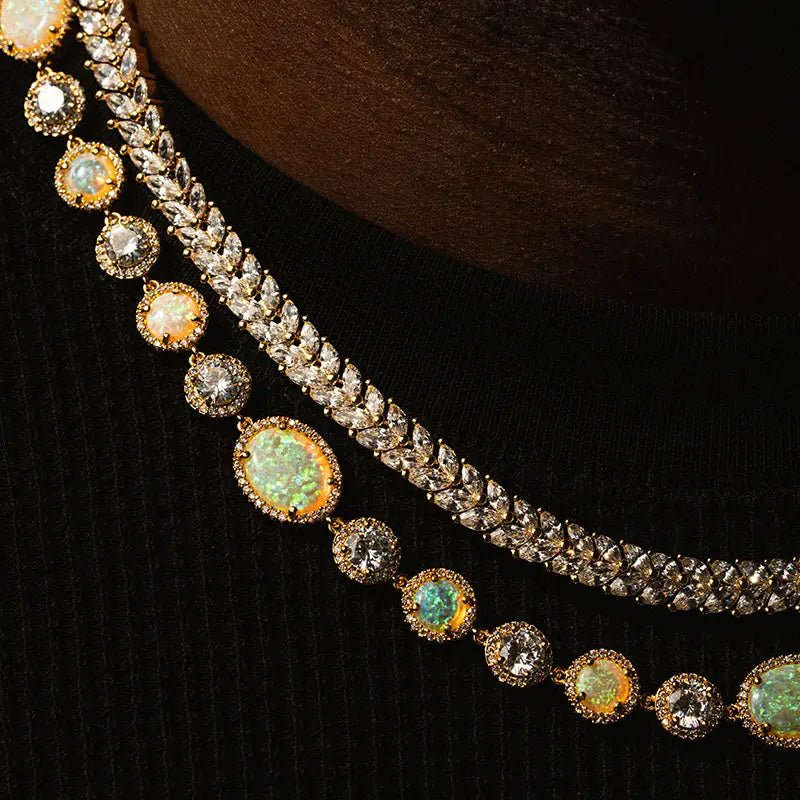
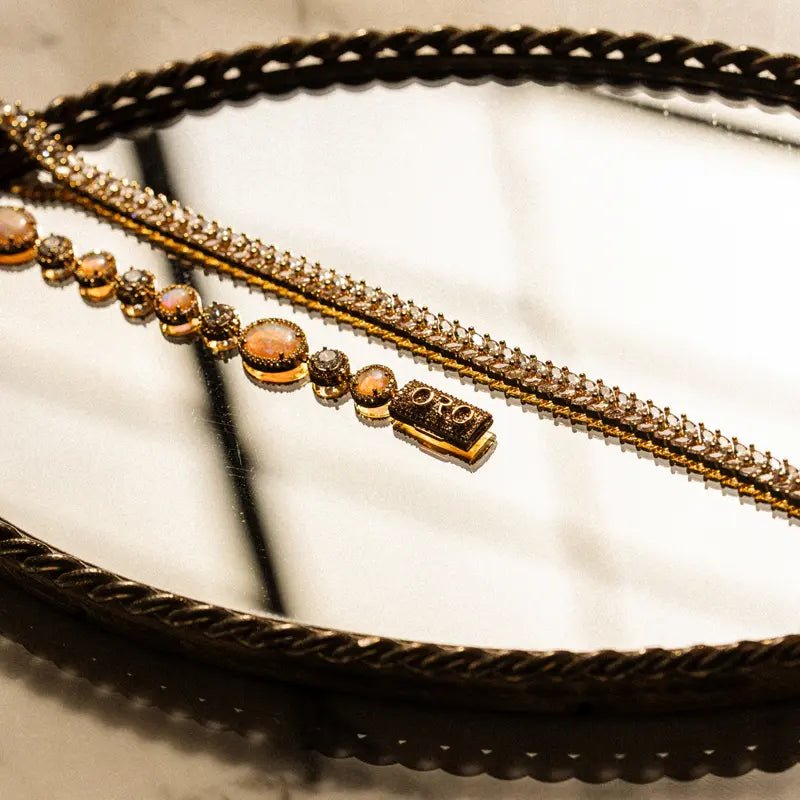

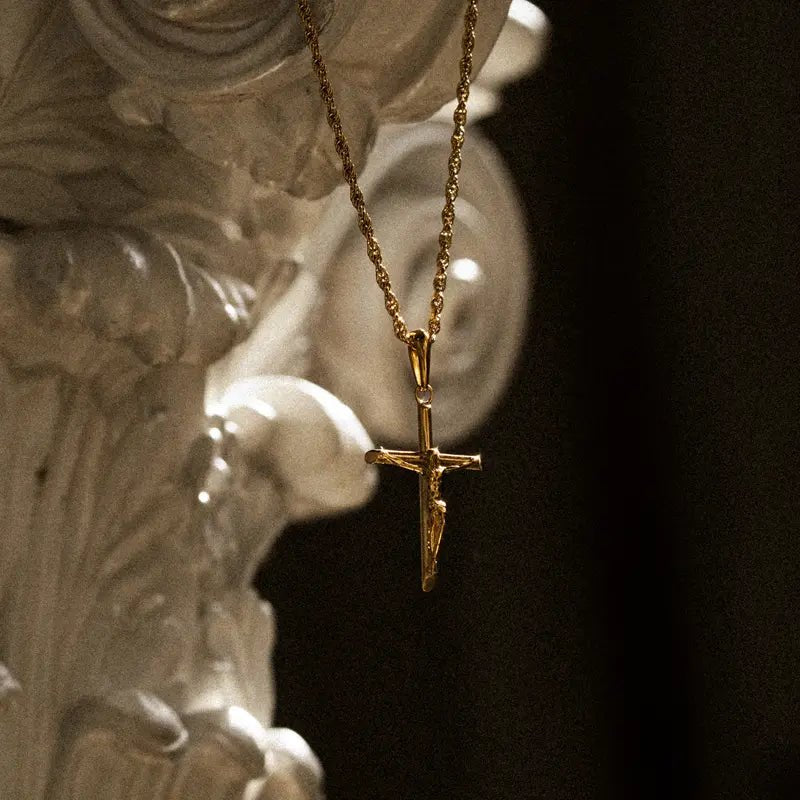



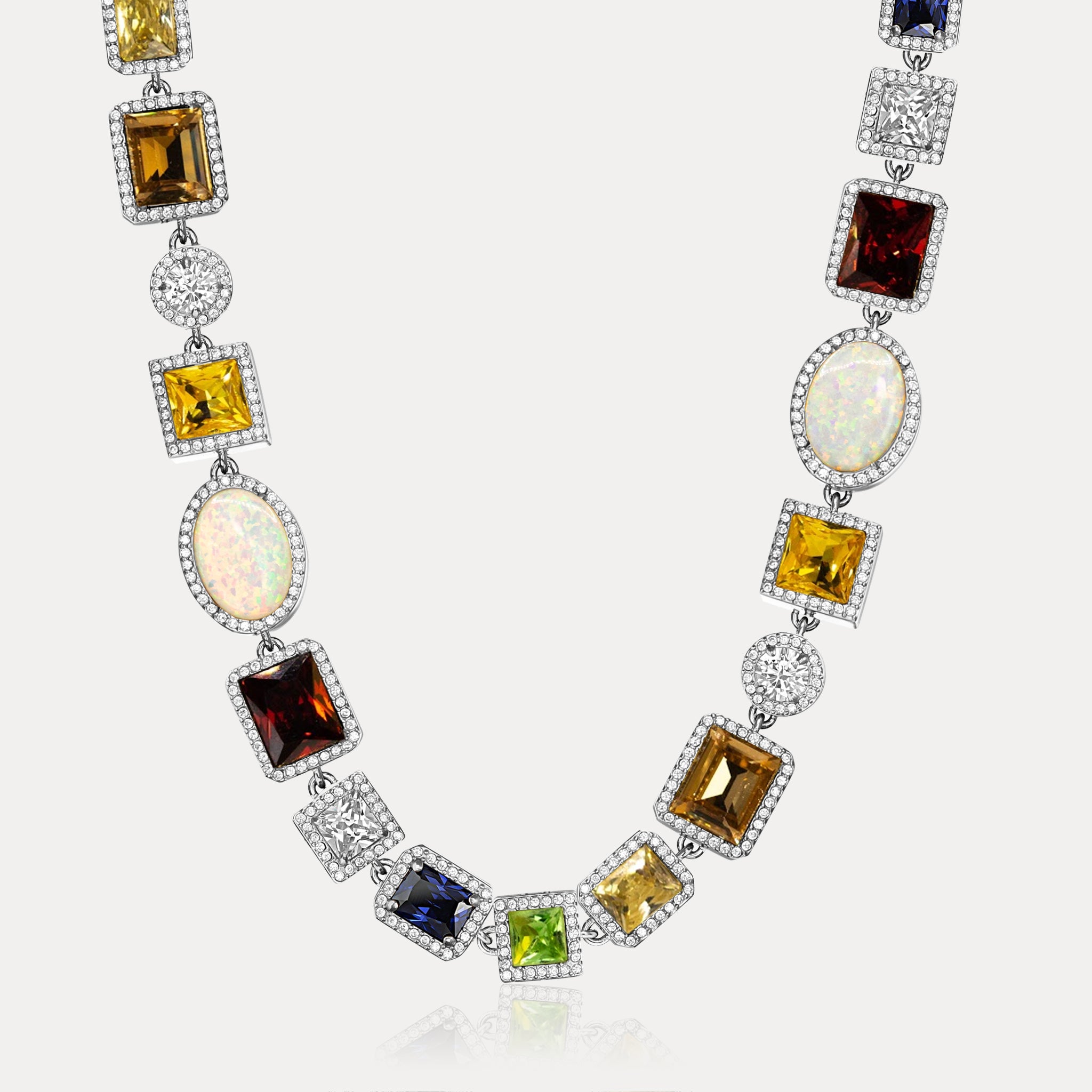
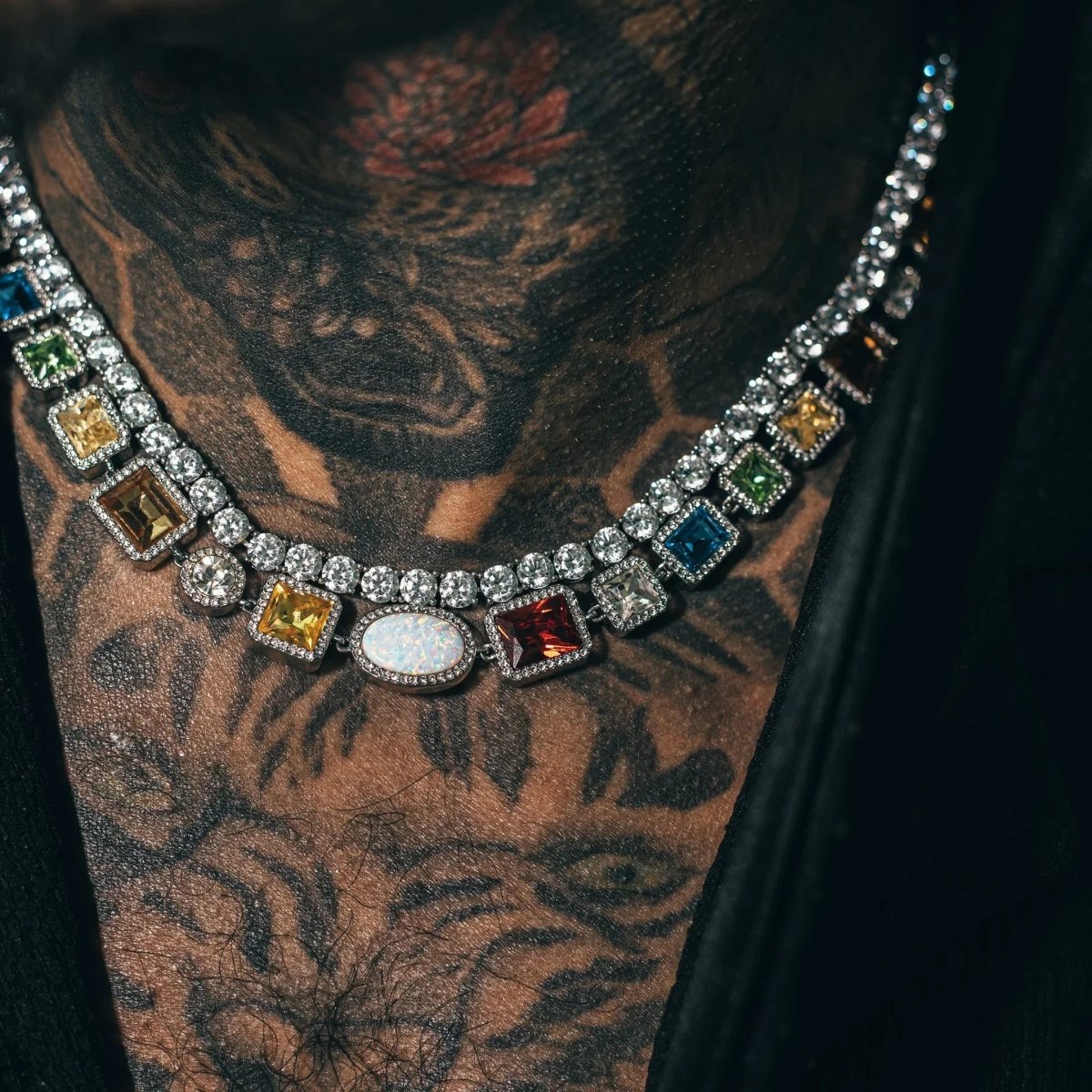
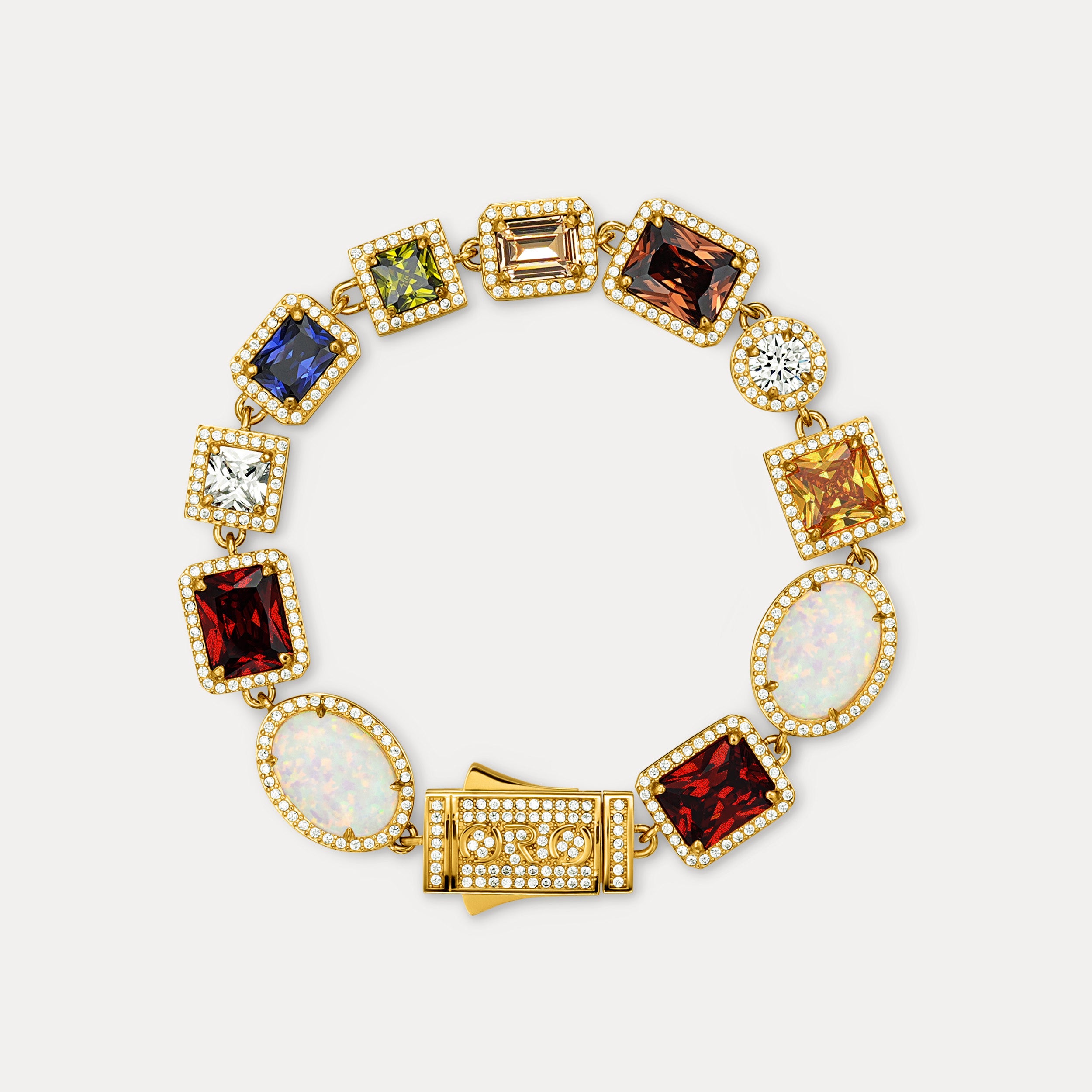

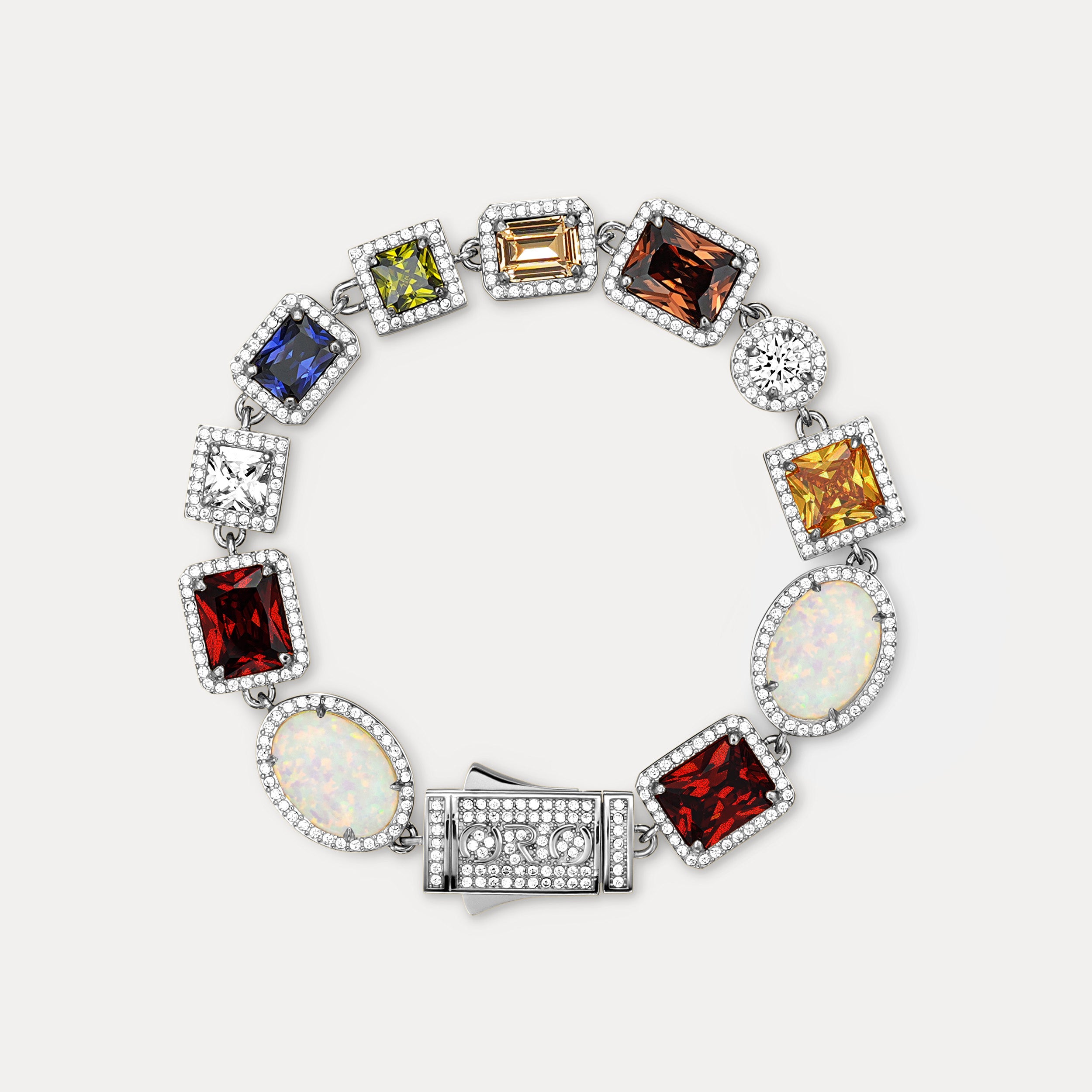

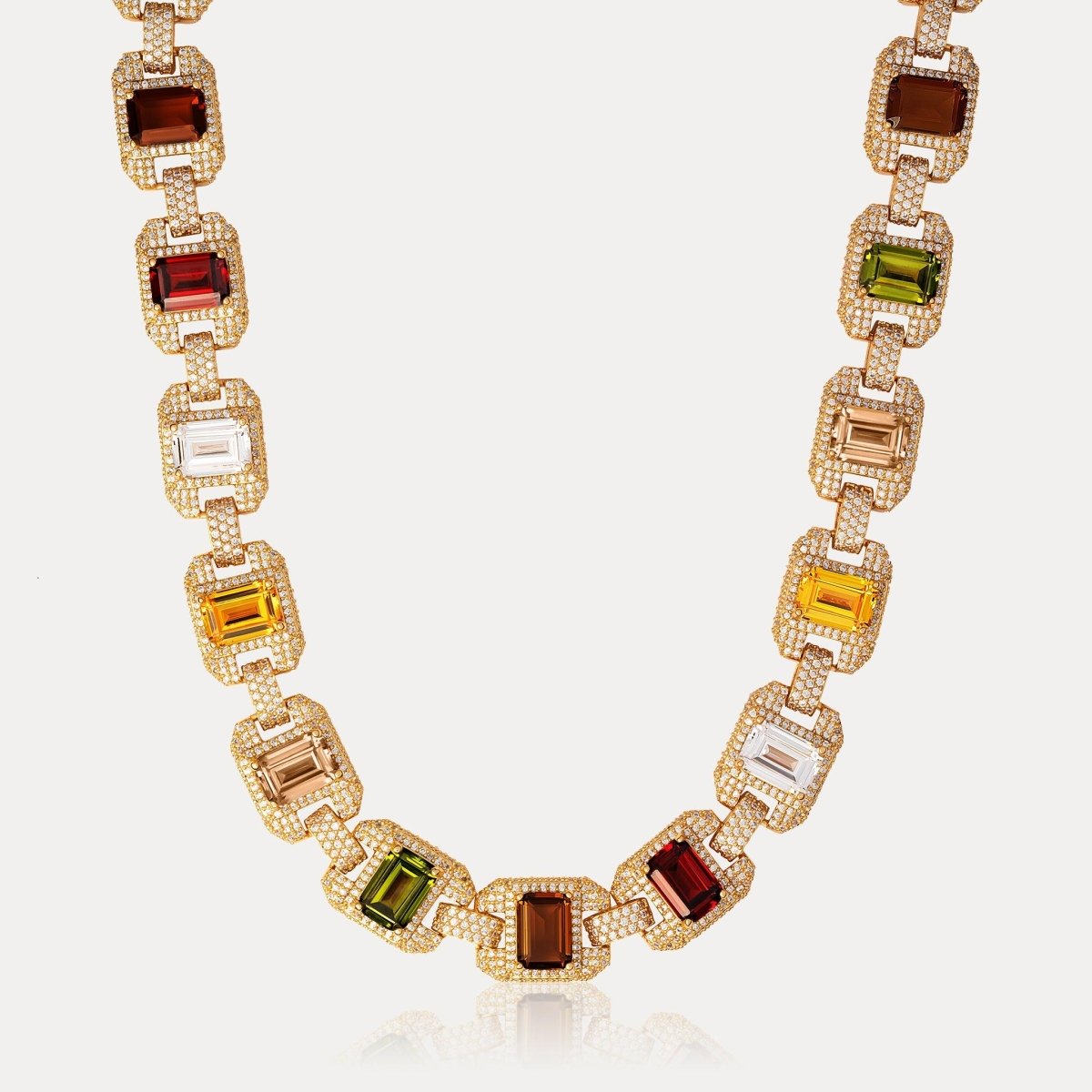



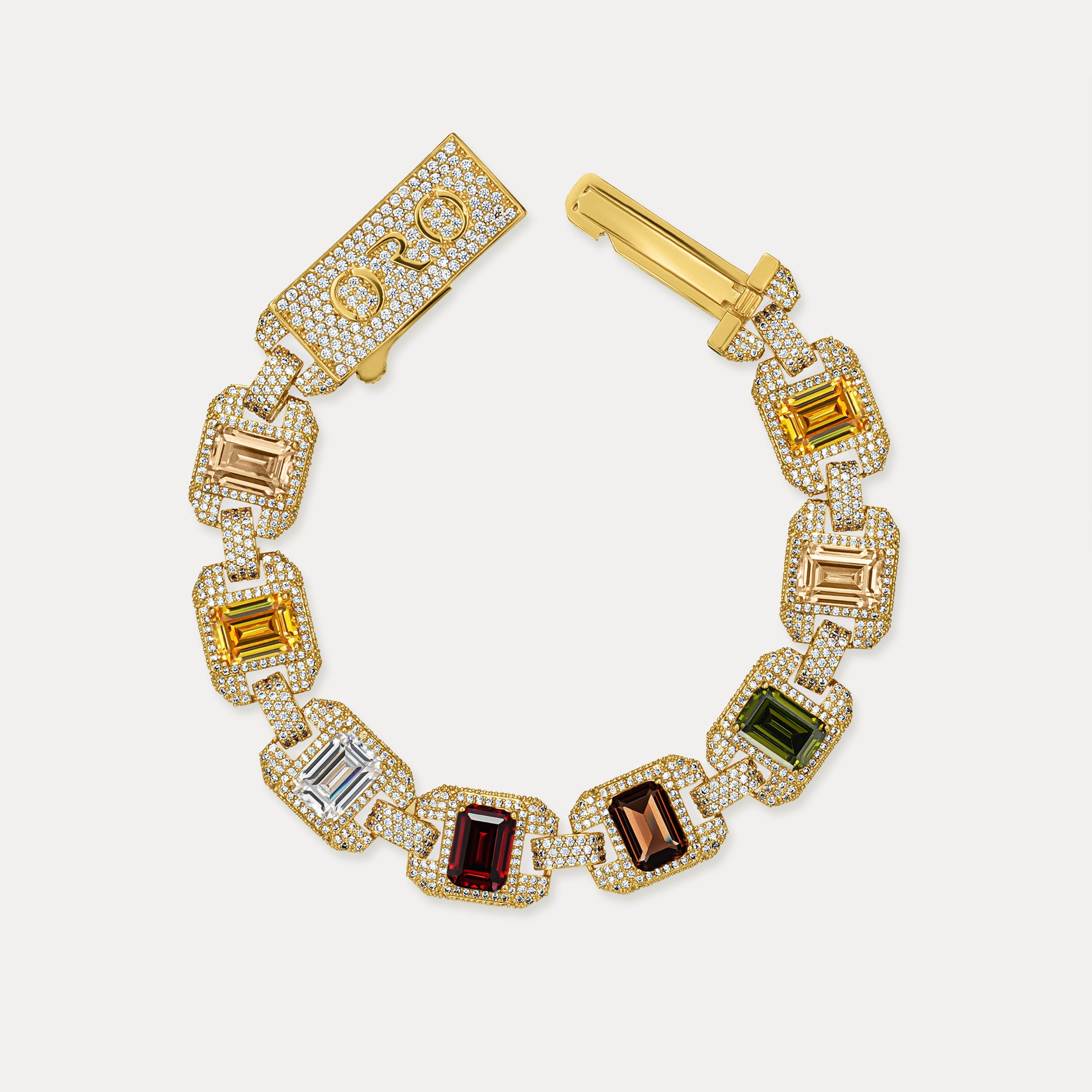

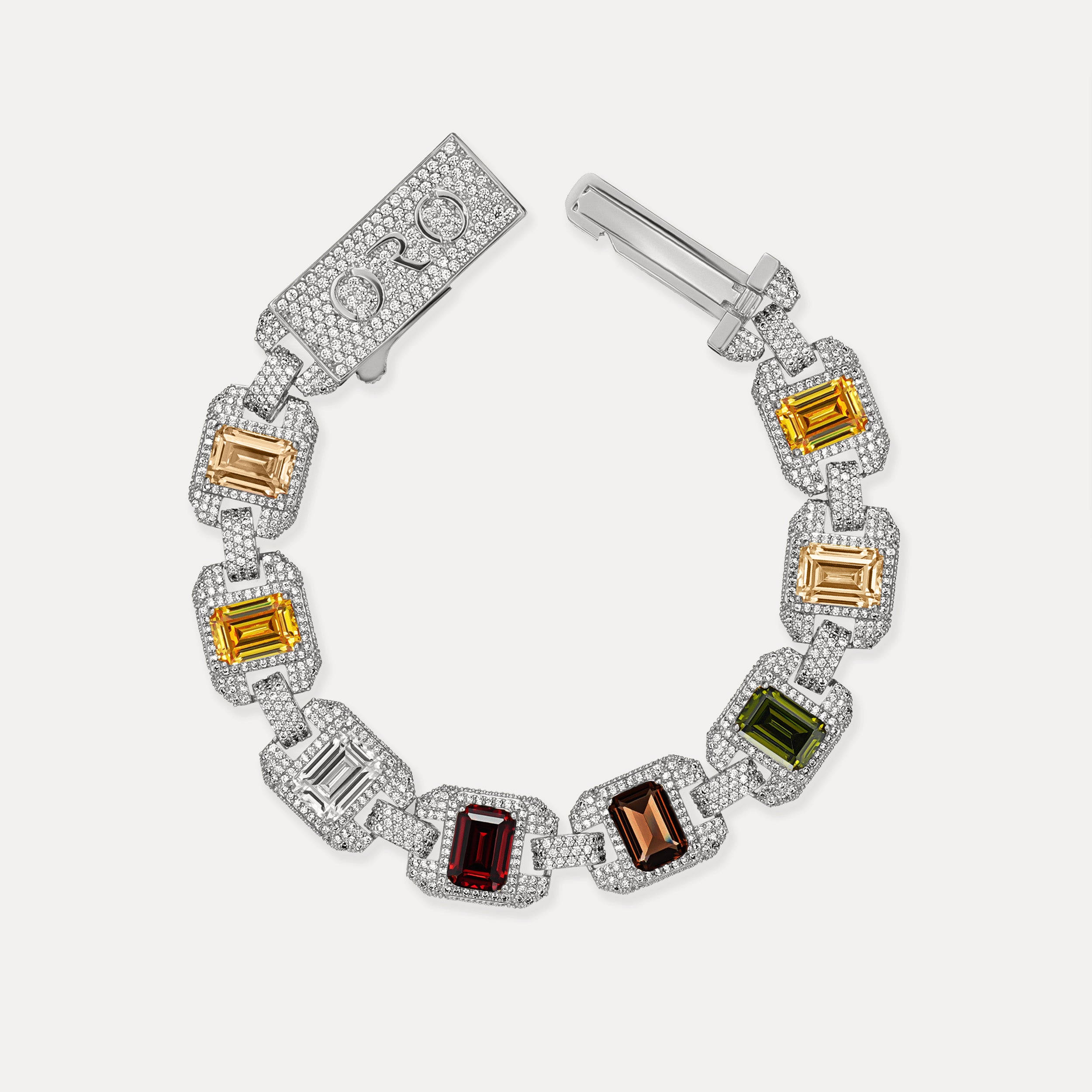

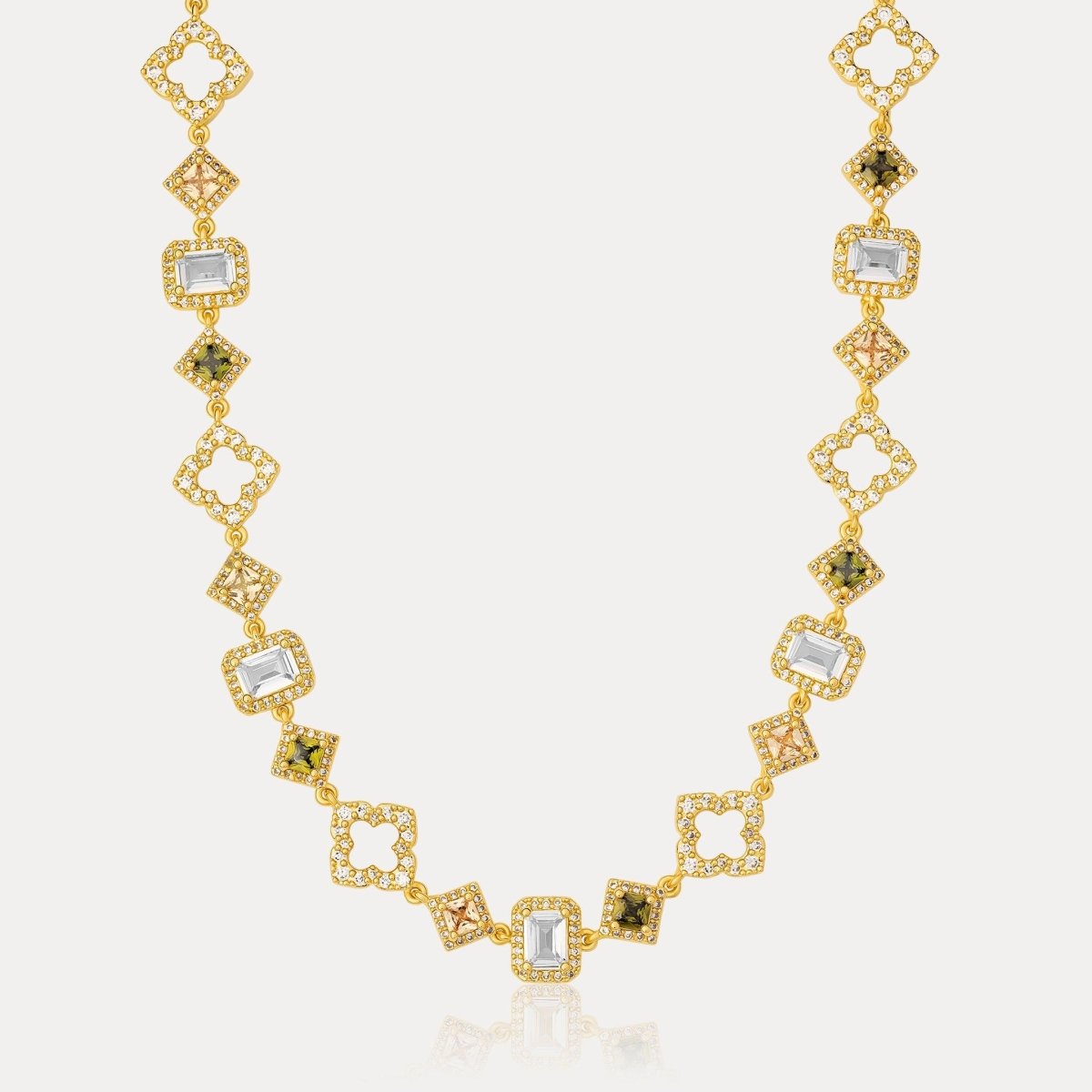
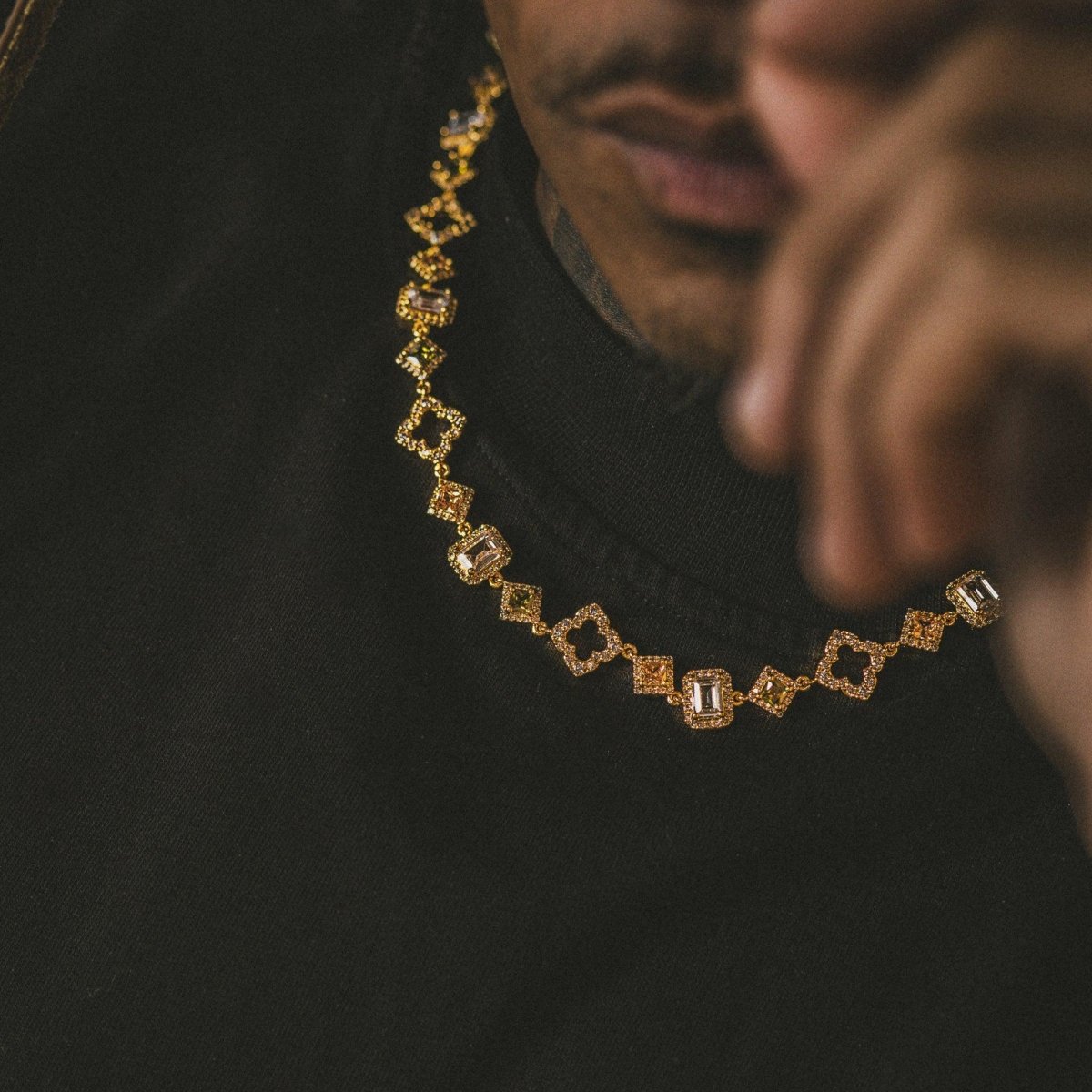
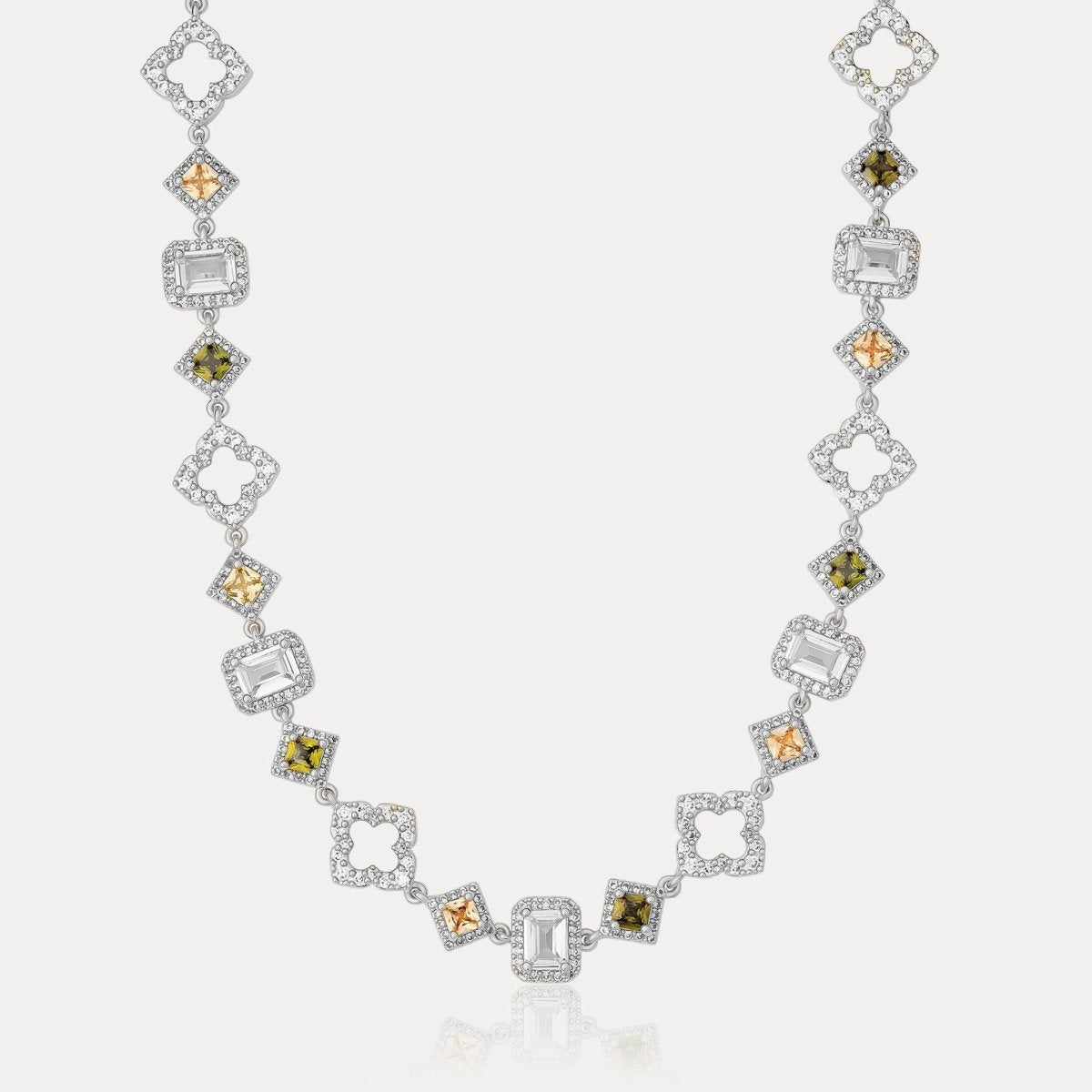

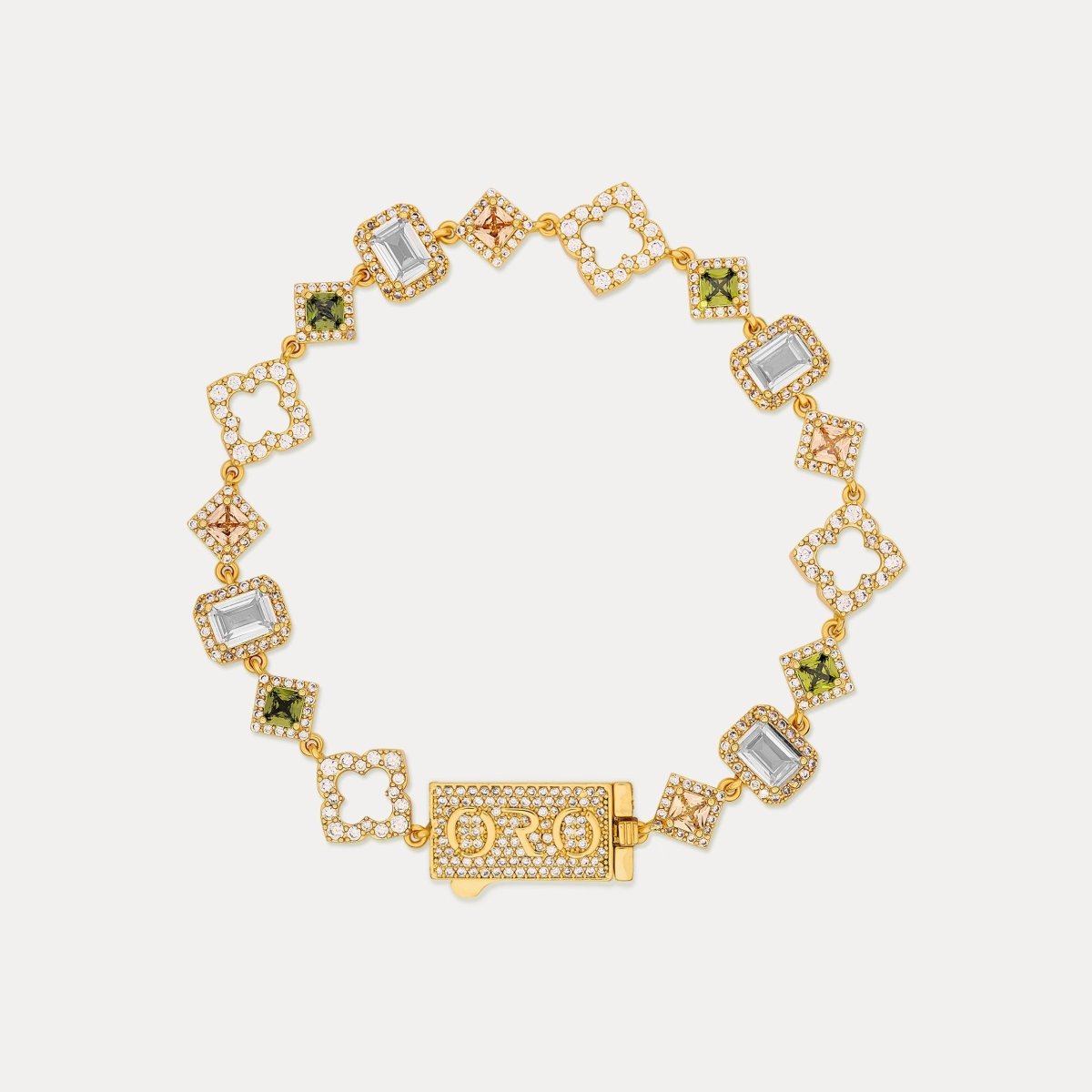
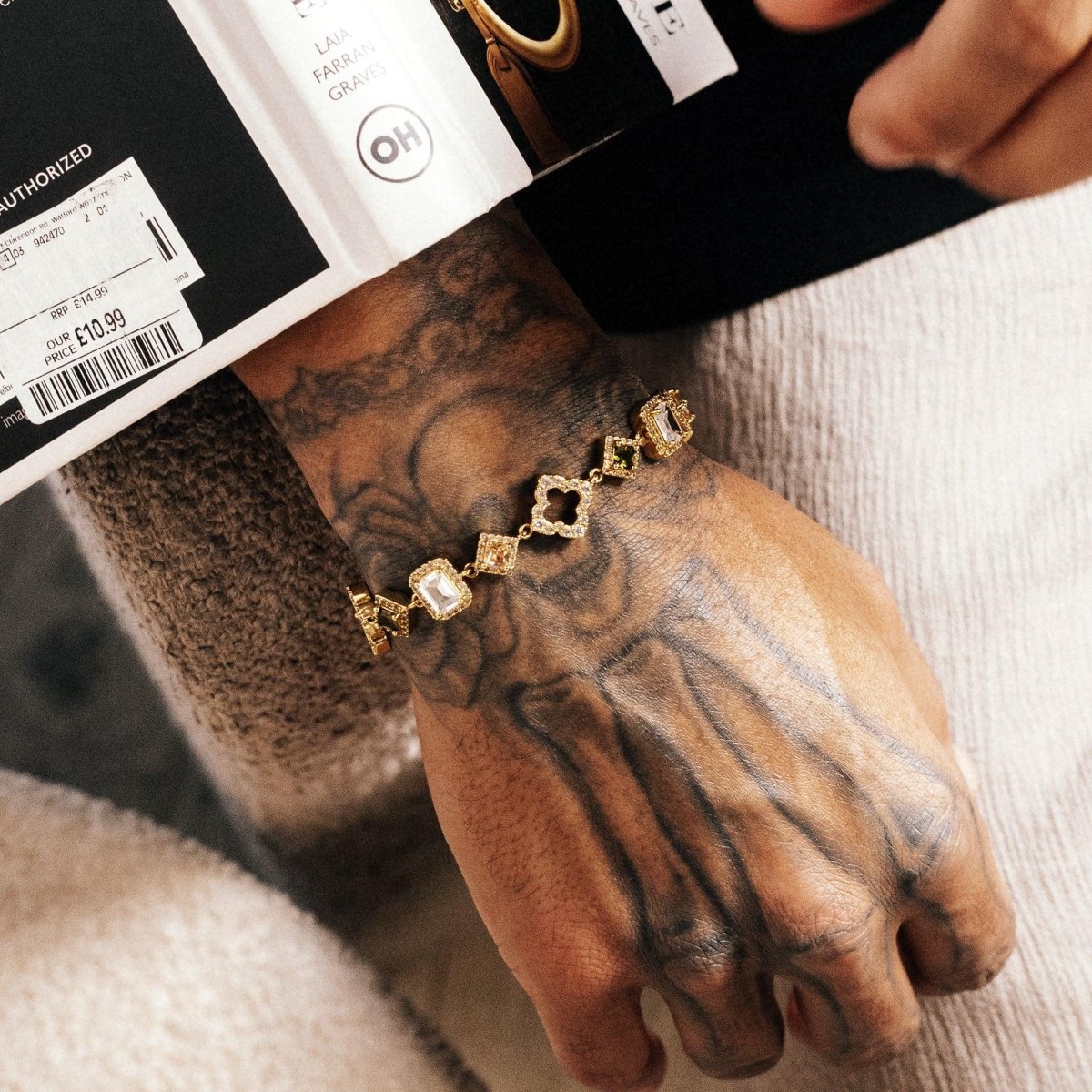

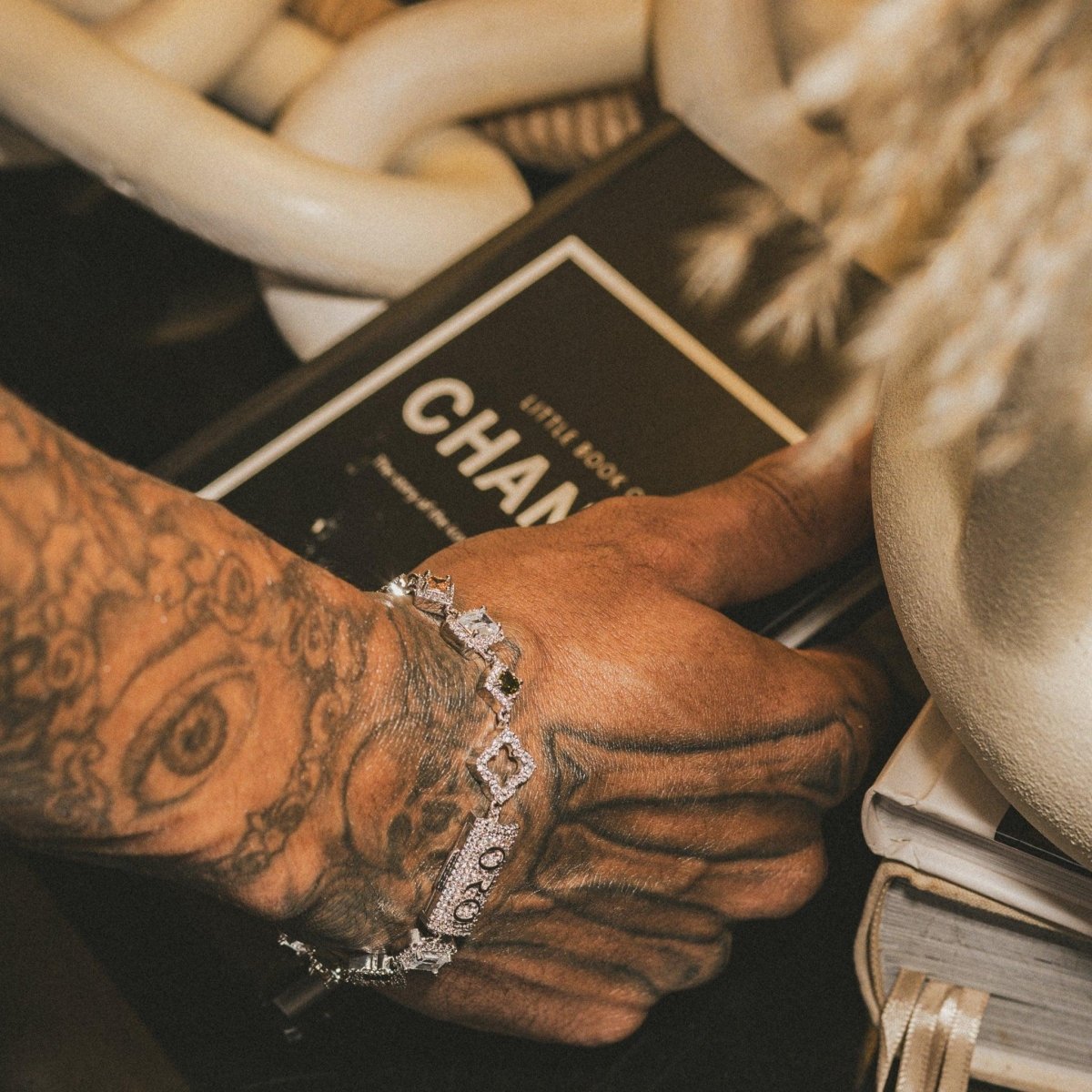
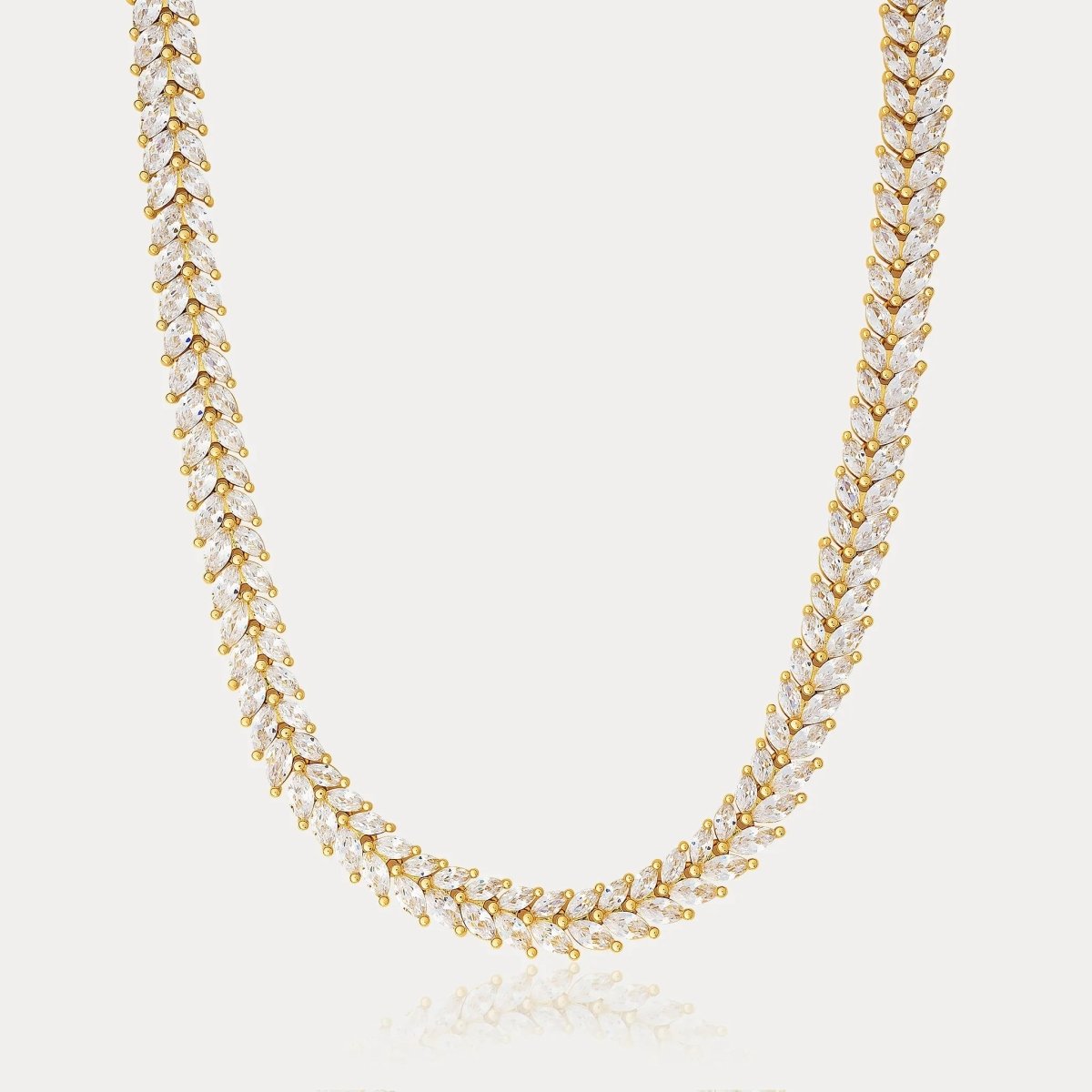
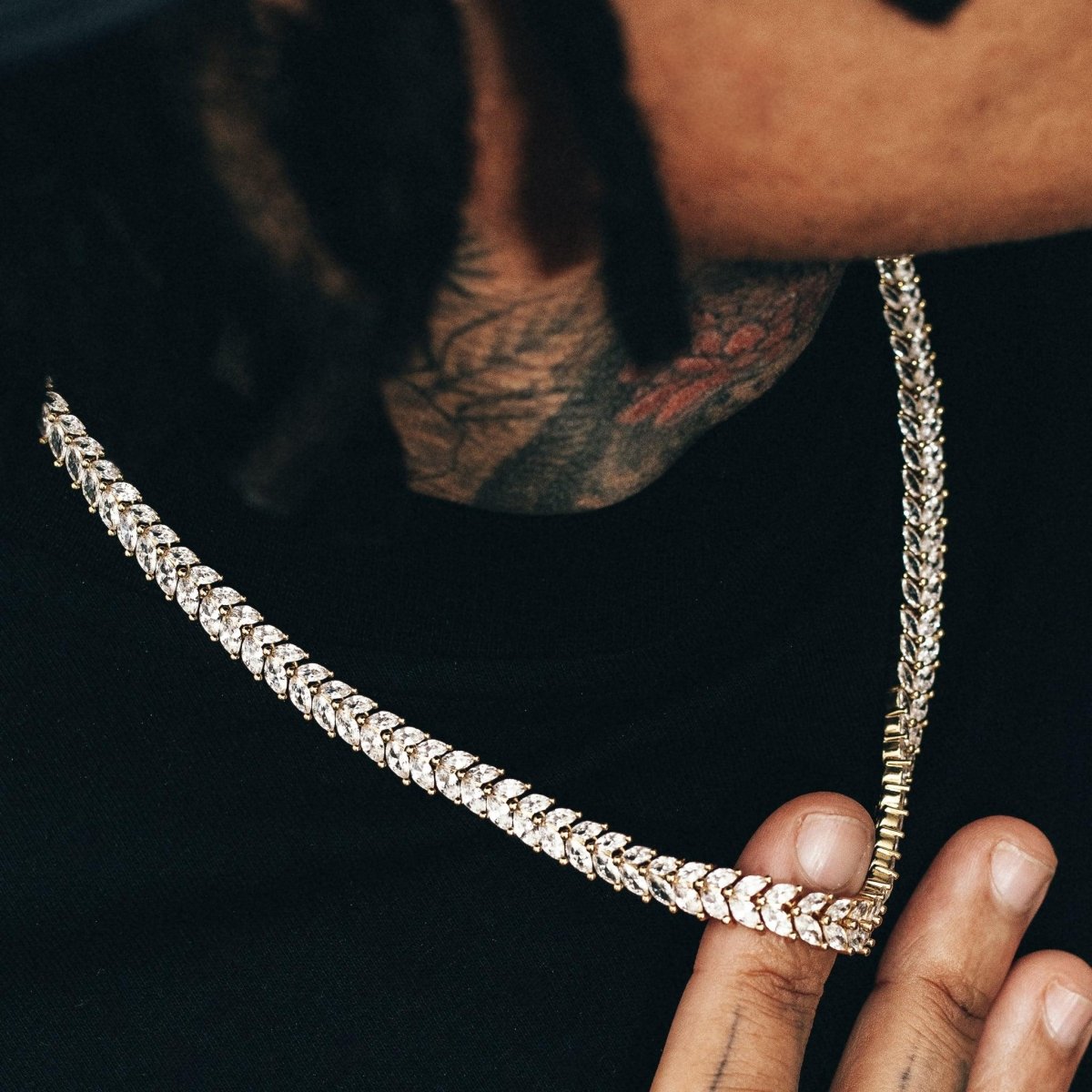
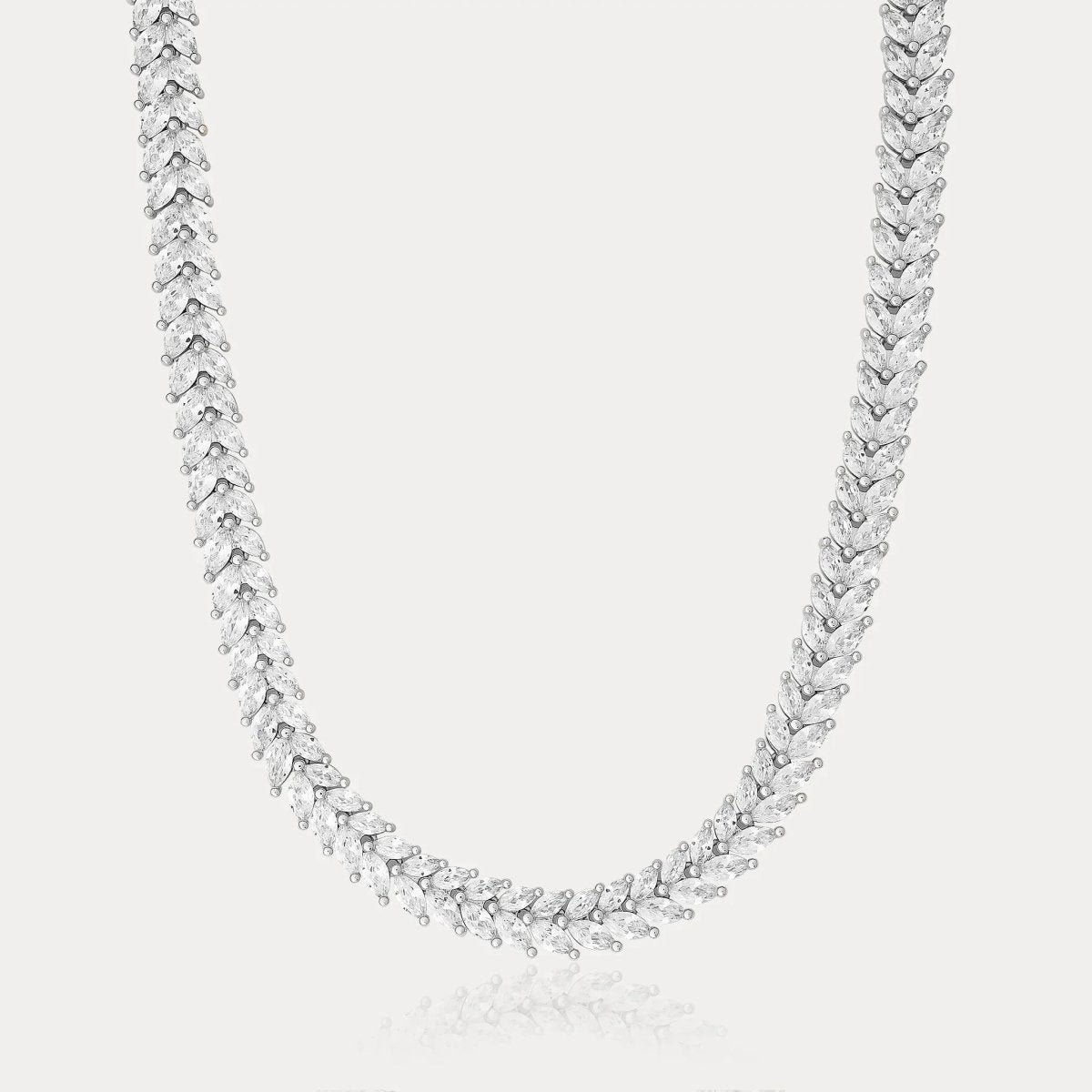

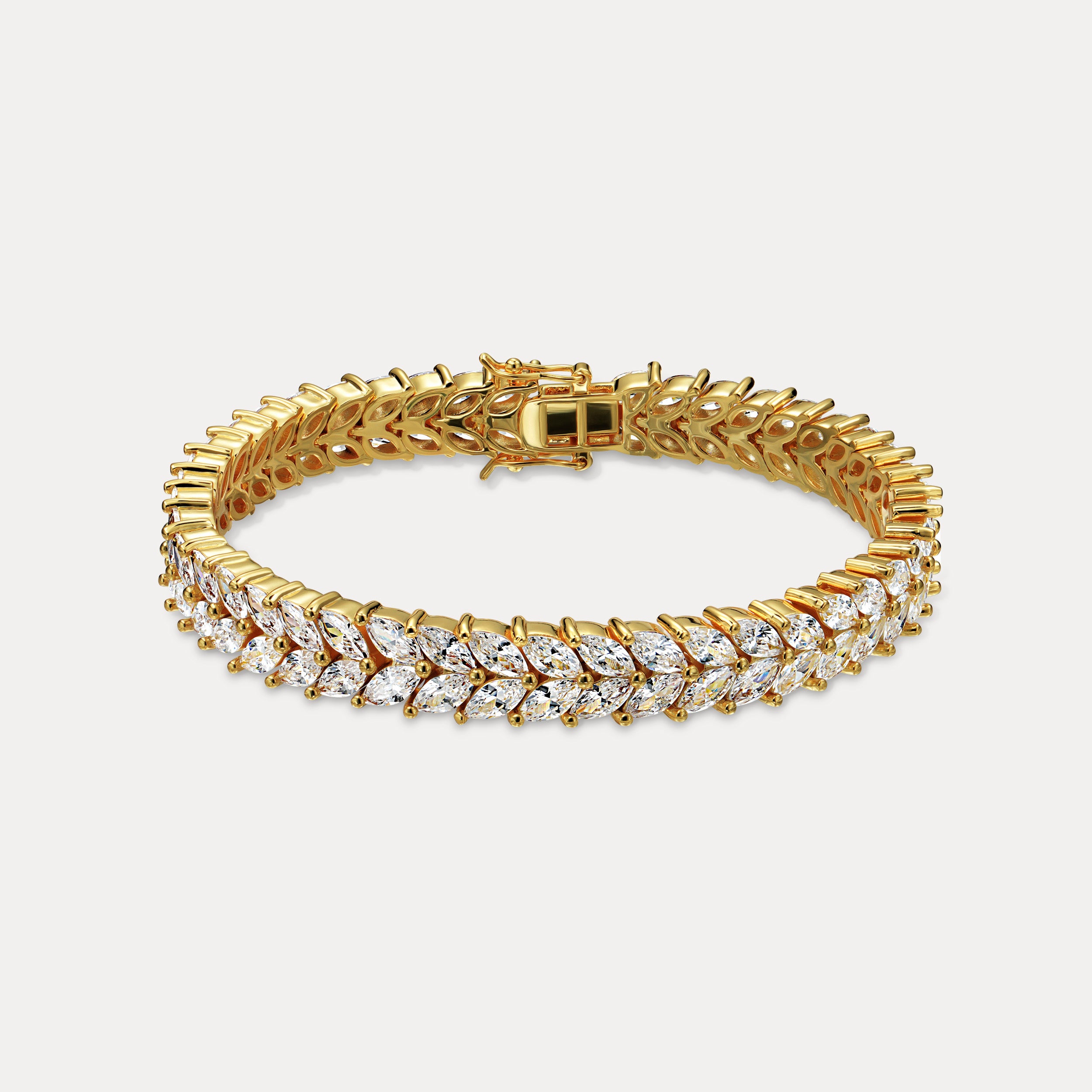

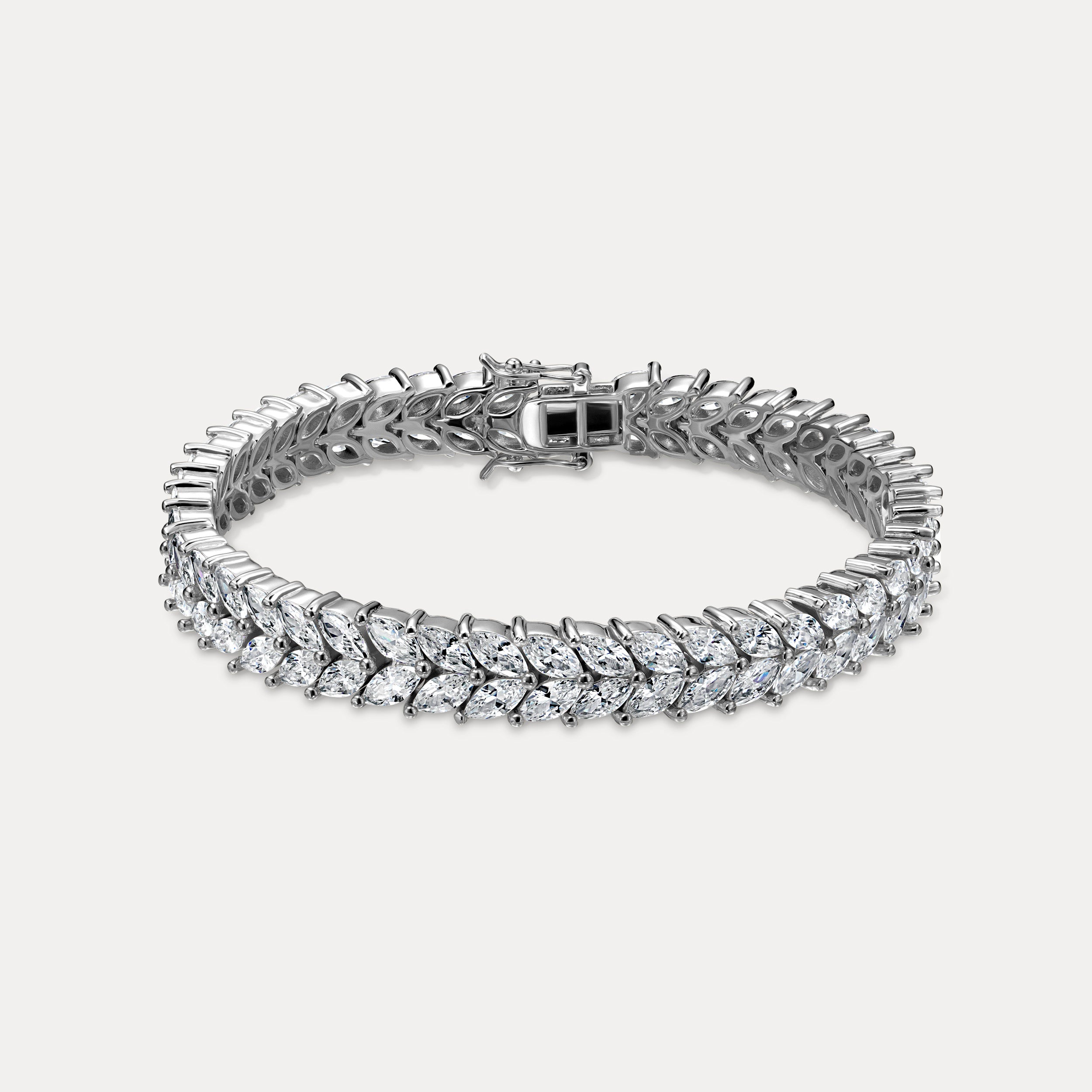

Leave a comment
This site is protected by hCaptcha and the hCaptcha Privacy Policy and Terms of Service apply.